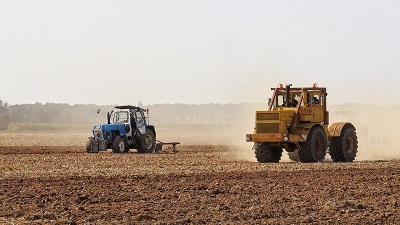
Reducing Soil Tillage Helps to Increase Yields, Enhance Soil Health, Boost Water Retention and Reduce Erosion
Farmers who use conservation tillage can increase their crop yields while also nurturing healthier soils and lowering production costs, says a study from Stanford University in California published on World Soil Day earlier this month.
Study abstract:
“Conservation tillage is a primary tenet of conservation agriculture aimed at restoring and maintaining soil health for long-term crop productivity. Because soil degradation typically operates on century timescales, farmer adoption is influenced by near-term yield impacts and profitability. Although numerous localized field trials have examined the yield impacts of conservation tillage, their results are mixed and often unrepresentative of real-world conditions. Here, we applied a machine-learning causal inference approach to satellite-derived datasets of tillage practices and crop yields spanning the US Corn Belt from 2005 to 2017 to assess on-the-ground yield impacts at field-level resolution across thousands of fields. We found an average 3.3% and 0.74% yield increase for maize and soybeans, respectively, for fields with long-term conservation tillage. This effect was diminished in fields that only recently converted to conservation tillage. We also found significant variability in these effects, and we identified soil and weather characteristics that mediate the direction and magnitude of yield responses. This work supports soil conservation practices by demonstrating they can be used with minimal and typically positive yield impacts.”


